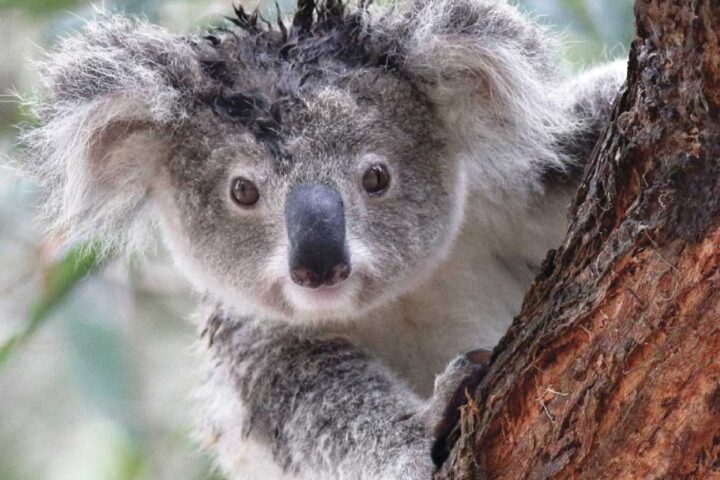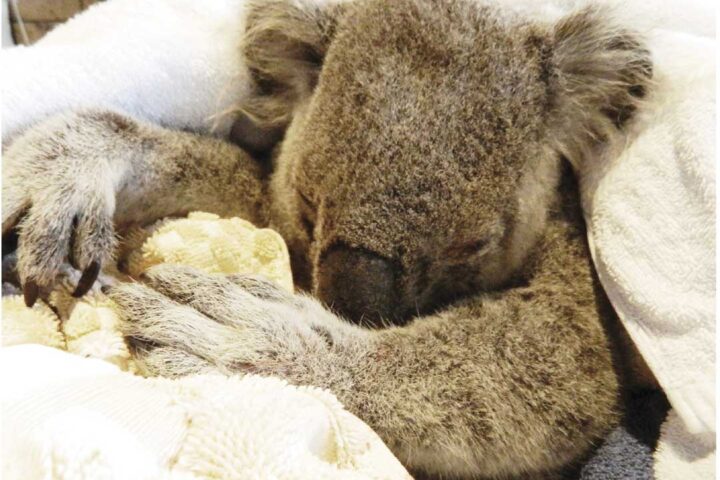Whales display human-like ability to learn from each other
| Apr 26, 2013, 03.36 PM IST
A team of researchers, led by the University of St Andrews discovered that a new feeding technique has spread to 40 per cent of a humpback whale population.
The community of humpback whales off New England, US, was forced to find new prey after herring stocks – their preferred food – crashed in the early 1980s.
The solution the whales devised – hitting the water with their tails while hunting a different prey – has now spread through the population by cultural transmission. By 2007, nearly 40 per cent of the population had been seen doing it.
“Our study really shows how vital cultural transmission is in humpback populations – not only do they learn their famous songs from each other, they also learn feeding techniques that allow them to buffer the effects of changing ecology,” Dr Luke Rendell, lecturer in the School of Biology at the University of St Andrews, said.
The team used a new technique called network-based diffusion analysis to demonstrate that the pattern of spread followed the network of social relationships within the population, showing that the new behaviour had spread through cultural transmission, the same process that underlies the diversity of human culture.
The data were collected by naturalist observers aboard the many whale-watching vessels that patrol the waters of the Gulf of Maine each summer.
“We can learn more about the forces that drive the evolution of culture by looking outside our own ancestral lineage and studying the occurrence of similar attributes in groups that have evolved in a radically different environment to ours, like the cetaceans,” researcher Will Hoppitt from Anglia Ruskin University said.
Humpbacks around the world herd shoals of prey by blowing bubbles underwater to produce ‘bubble nets’.
The feeding innovation, called ‘lobtail feeding’, involves hitting the water with the tail before diving to produce the bubble nets.
Lobtail feeding was first observed in 1980, after the stocks of herring, previously the main food for the whales, became depleted.
At the same time sand lance stocks soared, and it would seem the innovation is specific to that particular prey, because its use is concentrated around the Stellwagen Bank, spawning grounds where the sand lance can reach high abundance.
Using a unique database spanning thirty years of observations gathered by Dr Weinrich, the researchers were able track the spread of the behaviour through the whales’ social network.
The study was published in the journal Science.



